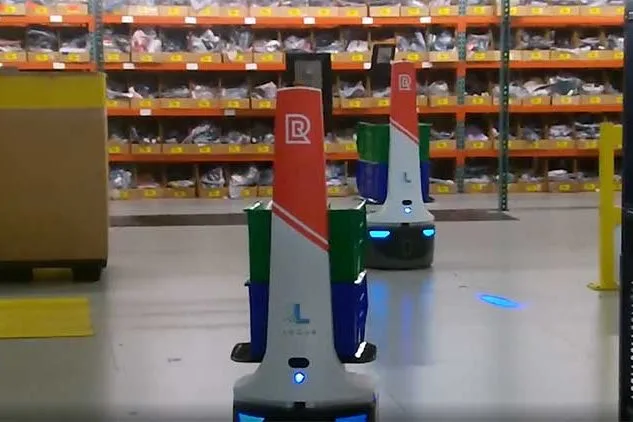Rise of Robotics in Fulfillment Centers

In recent years, we’ve seen the growing adoption of robotics technology in warehouses and fulfillment centers. Now, many human employees work alongside autonomous mobile robots (AMRs), automated storage and retrieval systems (AS/AR), and even drones on a daily basis to get their work done.
But as with any technology, robotics isn’t without its pros and cons. So, in this post, we’ll dig into its current use cases and explain the benefits and drawbacks of implementing robotics in your own fulfillment facilities.
Robotics Use Case Overview
While robotics has been involved in fulfillment to one degree or another for decades, new advancements are emerging all the time. Here are just a few examples:
- Automated Guided Vehicles carry heavy loads across warehouses and fulfillment centers using sensors and metallic strips to guide their movement
- Drones capture data from the air to streamline cycle counts and pinpoint inventory locations
- Autonomous Mobile Robots work alongside human employees in picking, packing, and sorting products
However, detailing specific use cases only tells part of the story. To really understand how robots help fulfillment centers improve their processes, we need to consider the major pros and cons connected to technology. Below, we’ll look at just 5.
Pros to Fulfillment Robotics
Cons to Fulfillment Robotics
With the promise of increased productivity, enhanced precision, and an overall better workplace, robotics technology is an exciting prospect for fulfillment centers all over the world. And by partnering with a third-party fulfillment center like Radial, retail and eCommerce businesses can take full advantage of the rising technology while avoiding the associated costs that typically come with it.
